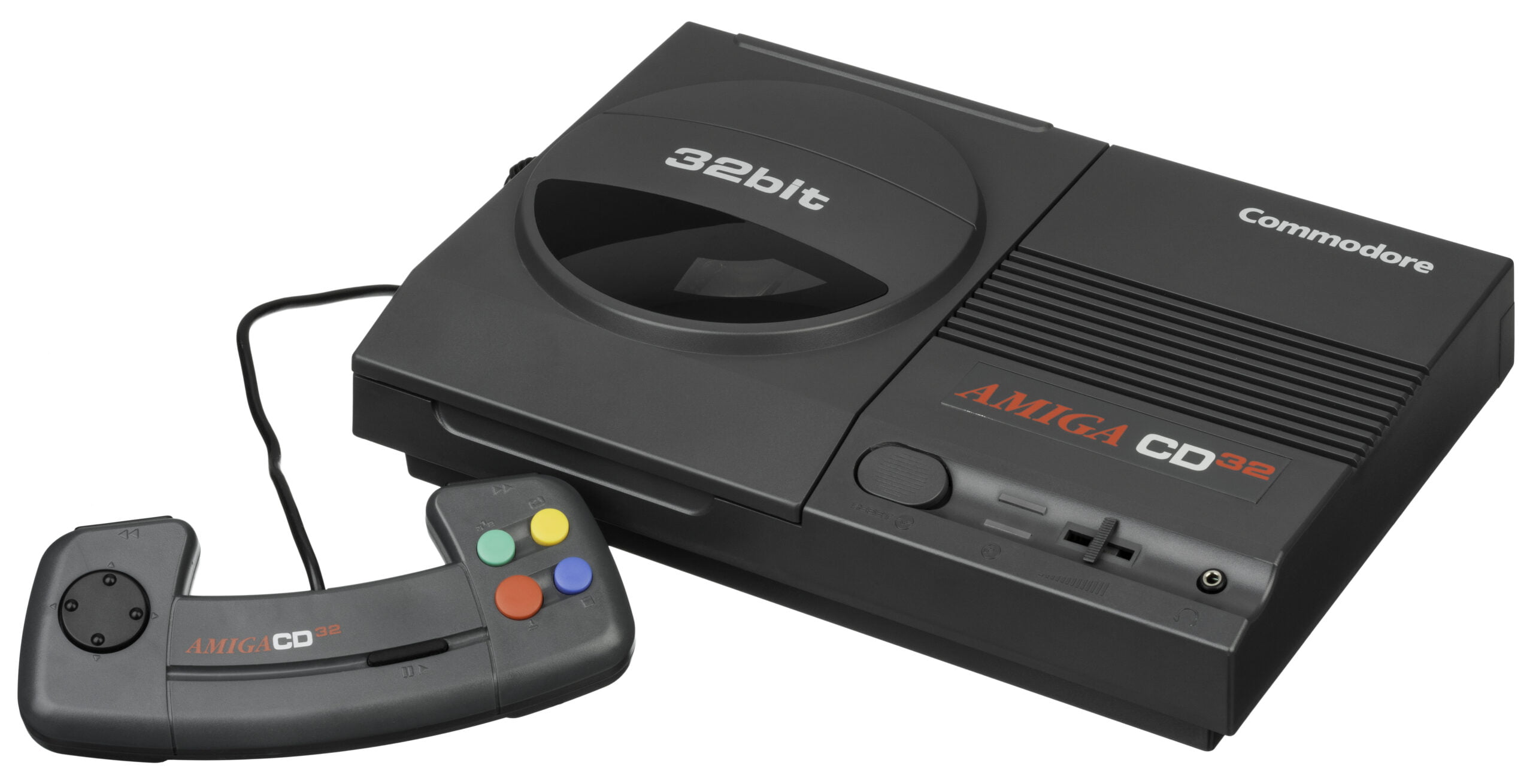If you’re reading this, you’re probably already well-versed in the wonders of video game emulation. There’s something magical about firing up an emulator and diving into a game from decades past. But while most of us cut our teeth on classics from the Nintendo Entertainment System or the PlayStation, there’s a whole world of obscure and underappreciated consoles out there waiting to be discovered.
Before we embark on this pixelated journey, it’s essential to remember that the legality of video game emulation varies depending on where you live and the specific games you’re looking to emulate. So always ensure you’re following the law and respecting the rights of game developers and publishers.
Sega Saturn: The Underappreciated Powerhouse
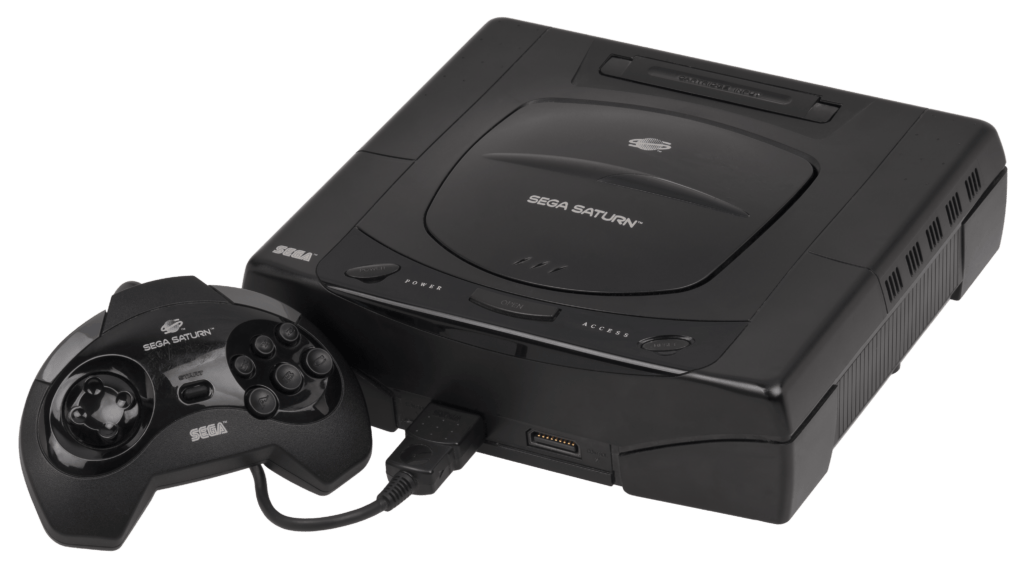
The Sega Saturn’s story is a tale of what might have been. Launched in 1994, it arrived in the era of the PlayStation and Nintendo 64. Yet, despite its advanced dual-CPU architecture, it never found the broad market success of its competitors. This was, in large part, due to the system’s notoriously challenging programming environment. Developers struggled to take full advantage of its complex, multi-processor setup, leading to a smaller game library and lack of third-party support.
Despite these hurdles, the Saturn is home to a number of gems that still shine brightly today. Panzer Dragoon Saga is an RPG masterpiece with an engaging story and unique combat system. Burning Rangers, a futuristic firefighting game, offers intense action and strategic gameplay. Finally, Nights into Dreams is a dreamy, beautiful, and addictive platformer that’s become something of a cult classic. Each of these games represents the Saturn at its best, showcasing what the system was truly capable of when placed in the right hands.
Amiga CD32: The Forgotten Pioneer
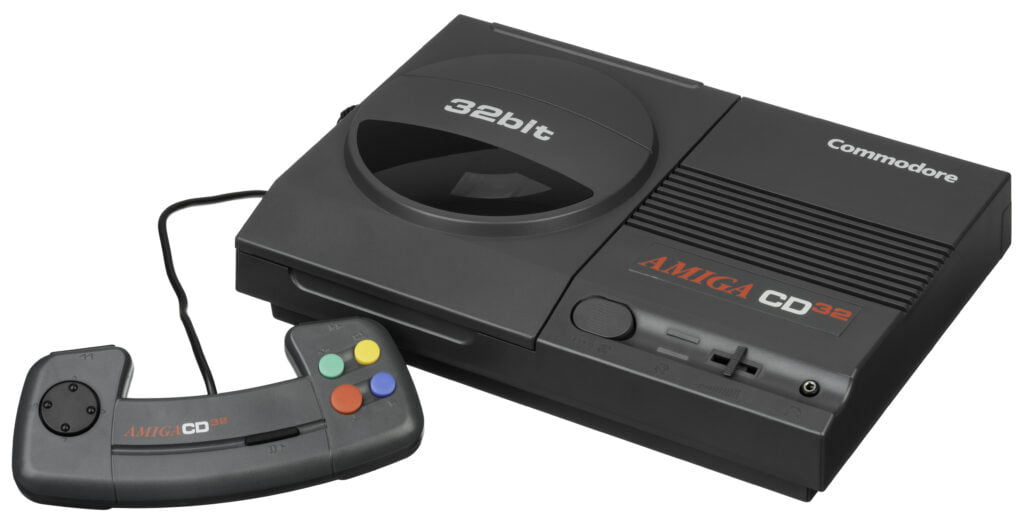
When you think about the pioneers of the 32-bit era, consoles like the PlayStation likely come to mind. But there’s another contender that history often overlooks: the Amiga CD32. Released by Commodore in 1993, it was technically the first 32-bit CD-based home console. Unfortunately, it launched right when Commodore was on the brink of bankruptcy, which severely hampered its market impact.
Despite its short life and obscurity, the CD32 boasted a library of fascinating and innovative games. Titles like Alien Breed: Tower Assault offered atmospheric and tense top-down shooting action, while Super Stardust showed off the system’s graphical prowess with its asteroid-blasting arcade gameplay. If you’re a fan of classic PC gaming, the CD32’s library is a treasure trove worth exploring.
TurboGrafx-16/PC Engine: The East-West Divide
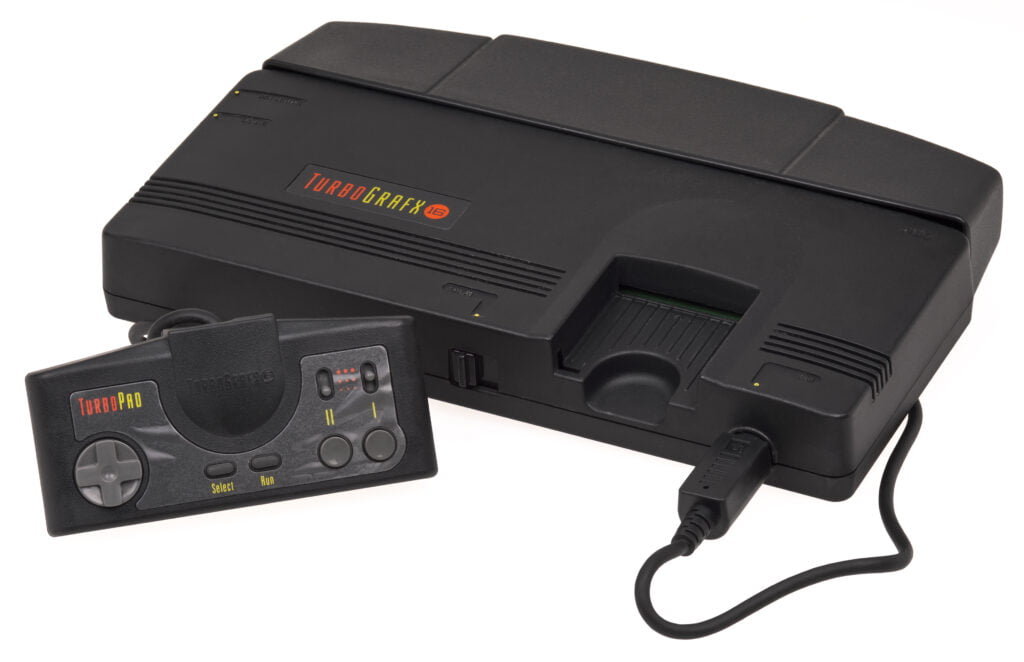
The TurboGrafx-16, known as the PC Engine in Japan, was the little console that could. In its home country, it was a formidable rival to the Nintendo Famicom (NES) and Sega Mega Drive (Genesis). However, a combination of poor marketing and late release outside of Japan meant it never gained the same traction in the West.
The TurboGrafx-16/PC Engine is known for its excellent shoot ’em up and action games. R-Type, one of the most influential games in the genre, found a home on the console. Likewise, Bonk’s Adventure introduced a lovable prehistoric protagonist with head-bashing abilities that rivaled any plumber or hedgehog of the time. These games, and many others, make the TurboGrafx-16 a system ripe for rediscovery.
3DO Interactive Multiplayer: The Ambitious Flop
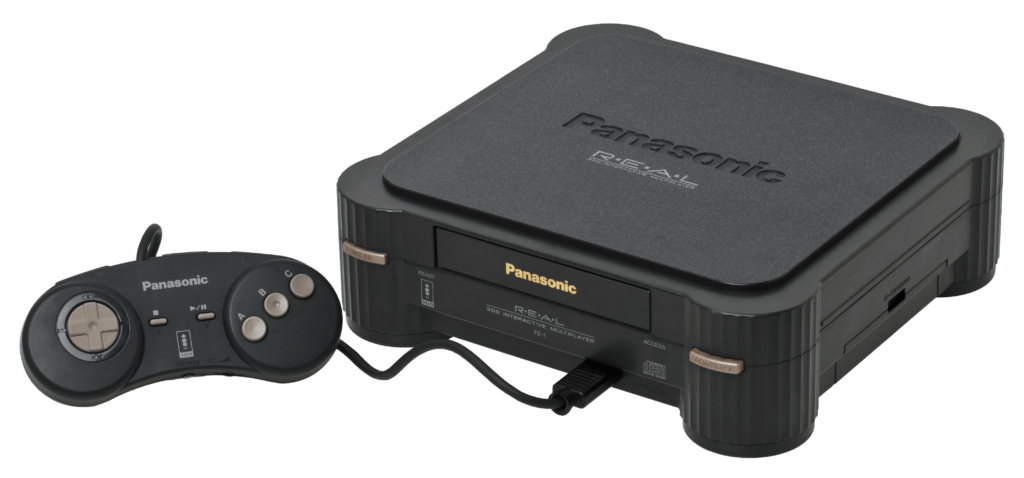
The 3DO Interactive Multiplayer was ambitious, technologically advanced, and ultimately, a commercial flop. Released by Panasonic in 1993, it boasted impressive specifications and a CD-ROM drive during a time when many consoles were still cartridge-based. Yet, its exorbitant price tag of $699 put it out of reach for many gamers.
The 3DO is home to some intriguing titles that reflect its unique character. Gex, a platformer featuring a wise-cracking gecko, is a standout title that perfectly captures the console’s quirkiness. Then there’s Road Rash, a high-octane motorcycle racing and combat game that’s as fun today as it was nearly three decades ago. If you’re not afraid to dig deep, the 3DO’s library is an inviting rabbit hole of 90s gaming.
Atari Jaguar: The Misunderstood Innovator
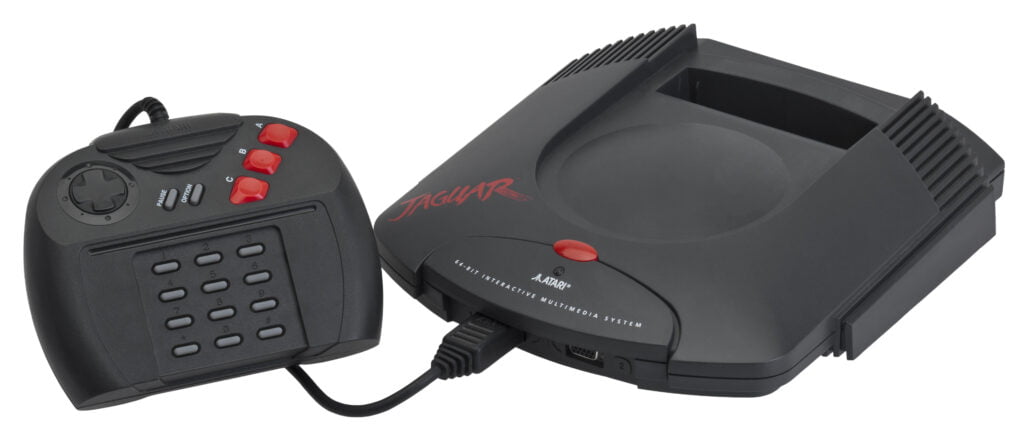
In the world of video game consoles, few have been as maligned as the Atari Jaguar. Touted as the first 64-bit console, it arrived on the scene in 1993 to lukewarm reviews and sluggish sales. A confusing controller and lack of standout titles were among the factors that saw it bow out of the market after just three years.
Yet for all its flaws, the Jaguar had its moments. Tempest 2000, a psychedelic, techno-infused upgrade of the arcade classic, is a must-play for fans of retro gaming. Alien vs. Predator offered an immersive and atmospheric FPS experience long before the genre became a mainstay of modern gaming. It’s a reminder that even in the Jaguar’s failure, there were sparks of innovation.
WonderSwan: The Japan-Only Wonder
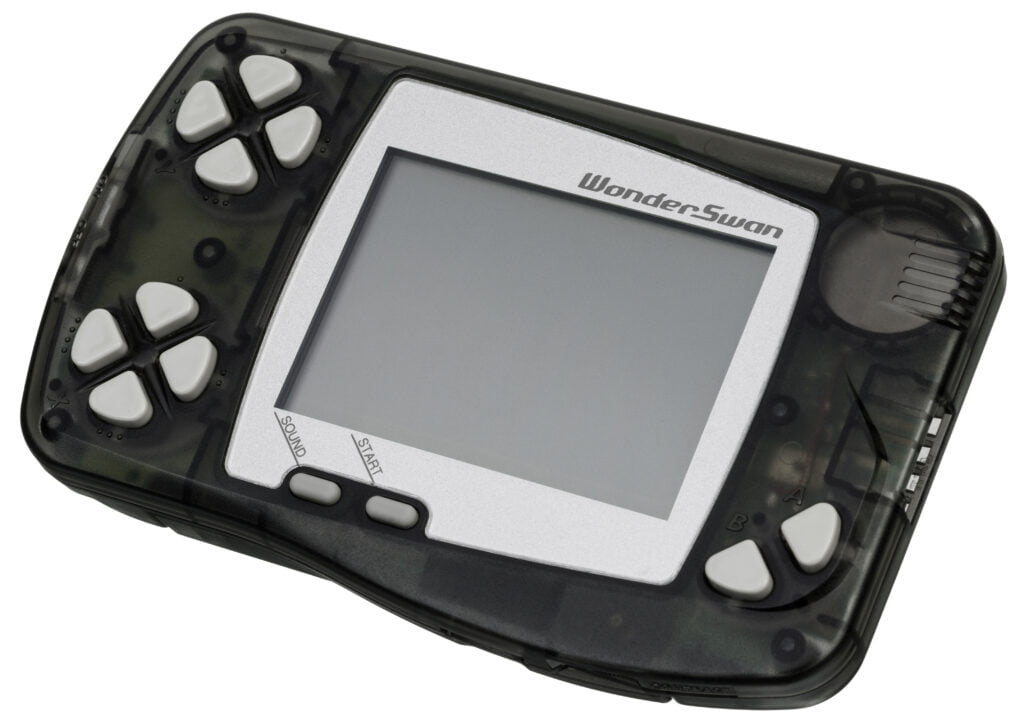
Launched in Japan in 1999, the WonderSwan was the brainchild of Gunpei Yokoi, the man behind the Game Boy. However, it never made it to the West, making it one of the more obscure consoles in gaming history.
Despite its regional limitation, the WonderSwan has a selection of games that stand out. While text-heavy RPGs may be challenging for non-Japanese speakers, there’s a wealth of puzzle, action, and strategy games that transcend language barriers. With titles like Klonoa: Moonlight Museum and the visually stunning Judgement Silversword, it’s a system that invites exploration and discovery.
Neo Geo Pocket Color: The Underdog Fighter
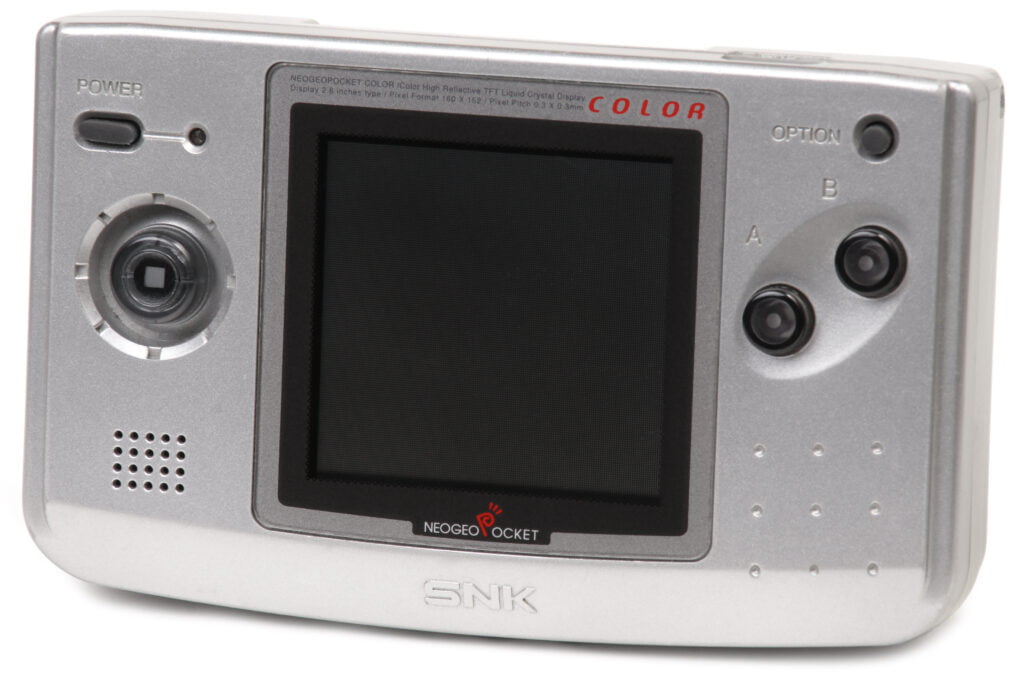
While Nintendo’s Game Boy dominated the handheld scene, SNK’s Neo Geo Pocket Color carved out its own niche with a small but impressive library. Though it was dwarfed by the Game Boy in terms of sales, it offered a robust build quality, an excellent clicky stick for controls, and superb games.
Its forte was fighting games. Titles like SNK vs. Capcom: The Match of the Millennium and Samurai Shodown 2 translated their arcade counterparts brilliantly onto the handheld system, offering gameplay depth that was uncommon for portable devices of the time.
Emulator Recommendations and Availability
Each of the above systems requires its own specific emulator to play their games. The quality and functionality of emulators can vary widely, and not all systems are equally easy to emulate. Sega Saturn emulation, for instance, is a notoriously tricky field, but recent advancements have made it more accessible.
Before you embark on your emulation journey, do some research to find the best and most reliable emulator for the system you’re interested in. And, once again, remember to respect all legal and copyright issues.
Final Thoughts
Exploring these lesser-known corners of gaming history can be an exciting journey, offering insights into different facets of the industry and the evolution of video game design. However, it’s also a path that requires respect for the work of the developers and the legal boundaries in place. Emulation can be a wonderful tool for preservation and discovery, but it should be used responsibly.
Helpful Resources
While the specifics of each emulator and game will not be covered here, many online resources can help you find your way. Websites like the Emulation Wiki offer comprehensive guides and tips on getting started with various systems. Online communities like /r/emulation on Reddit can provide advice and support. Lastly, always remember to respect copyright and be careful of where you source your games.
In the end, the joy of emulation comes not just from playing the games themselves, but from the process of discovery. As you explore the games on these lesser-known systems, you’ll be embarking on your own adventure into the rich and varied history of video gaming. Enjoy the journey!
